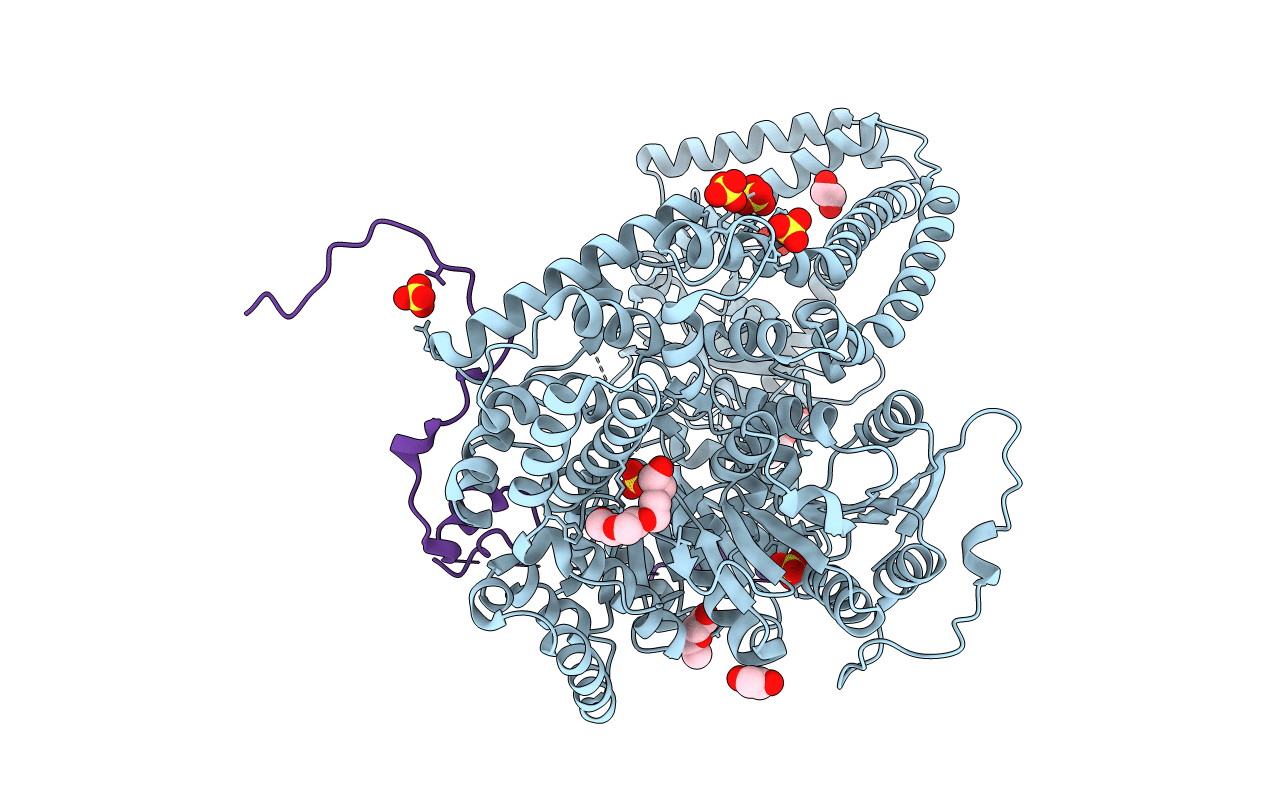
Deposition Date
2014-07-23
Release Date
2014-09-24
Last Version Date
2023-12-20
Entry Detail
PDB ID:
4U4C
Keywords:
Title:
The molecular architecture of the TRAMP complex reveals the organization and interplay of its two catalytic activities
Biological Source:
Source Organism:
Saccharomyces cerevisiae (Taxon ID: 559292)
Host Organism:
Method Details:
Experimental Method:
Resolution:
2.40 Å
R-Value Free:
0.24
R-Value Work:
0.20
R-Value Observed:
0.20
Space Group:
C 2 2 21


